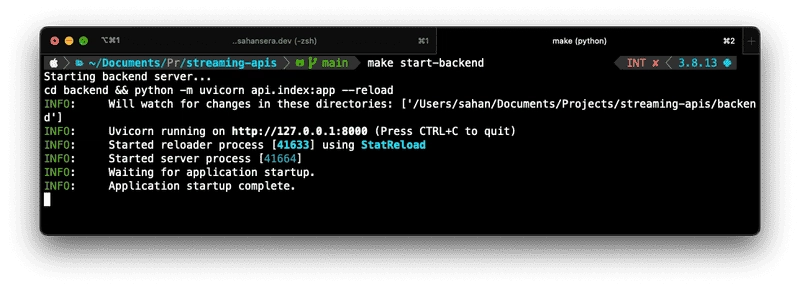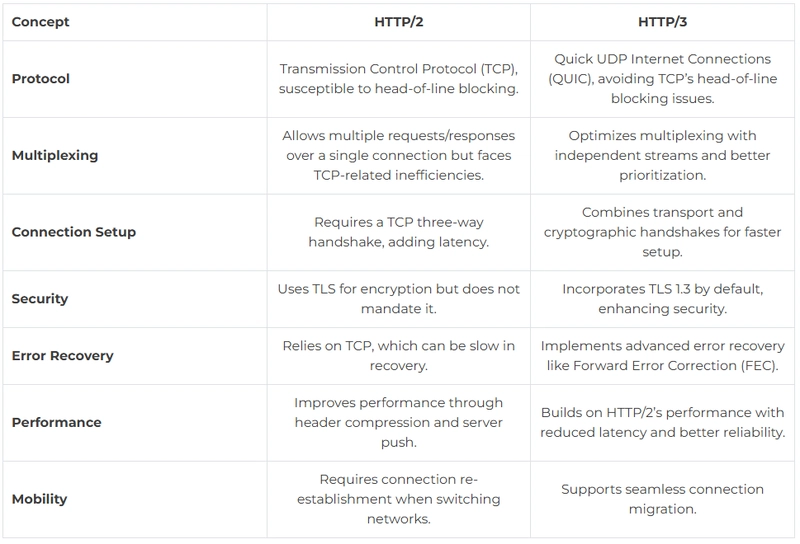Comparison Between Fetch and Axios: Usage, Differences, and Real-World Applications
In modern web development, fetching data from APIs is an essential task. Two widely used methods for making HTTP requests in JavaScript and TypeScript are fetch and axios. While both serve the same fu...


